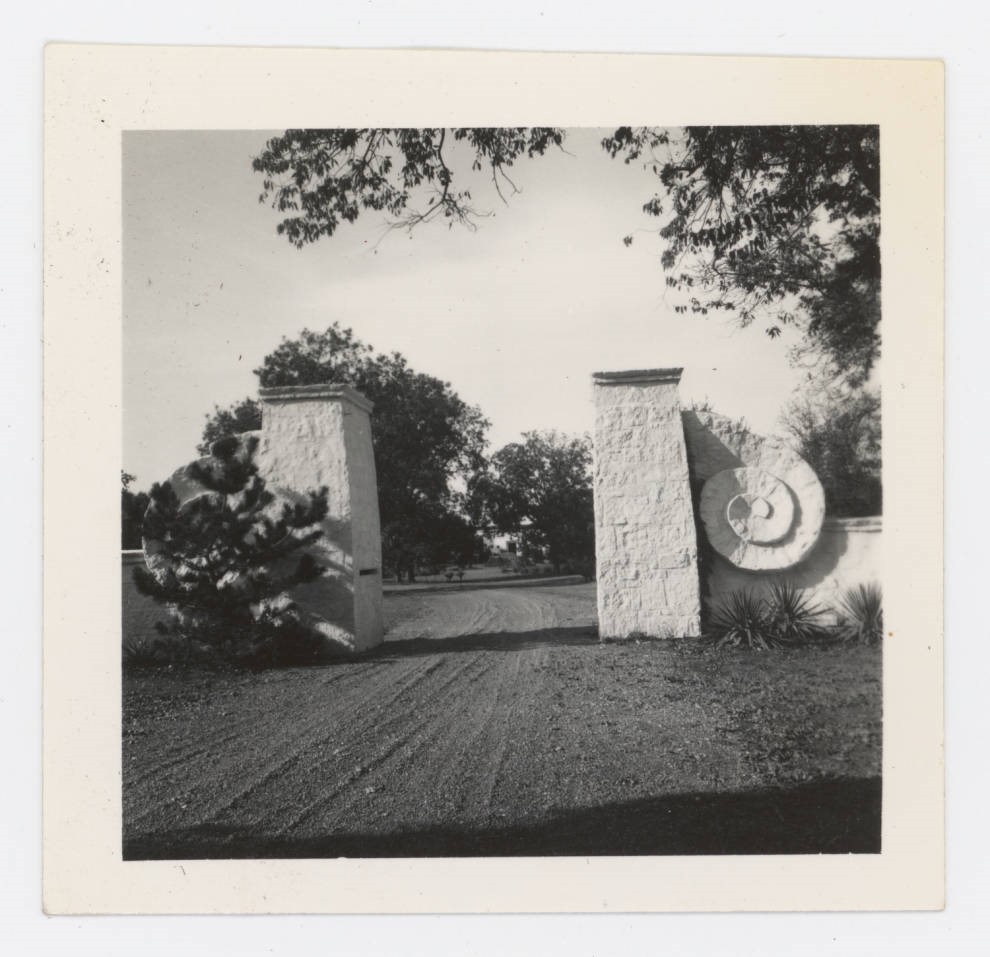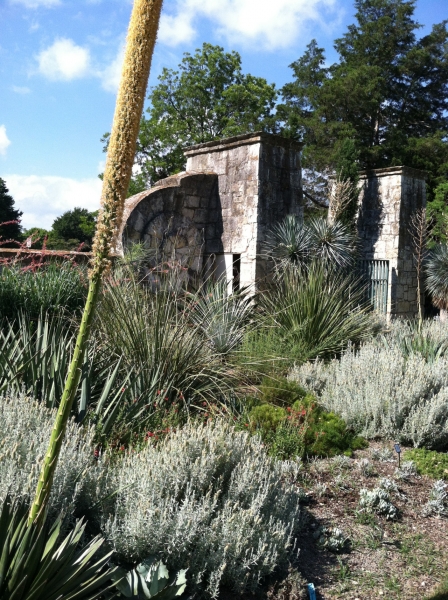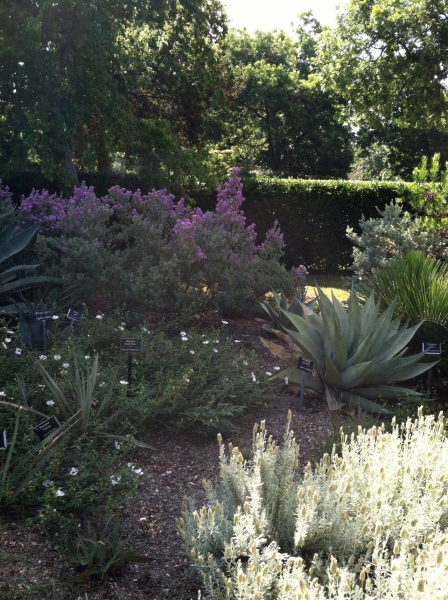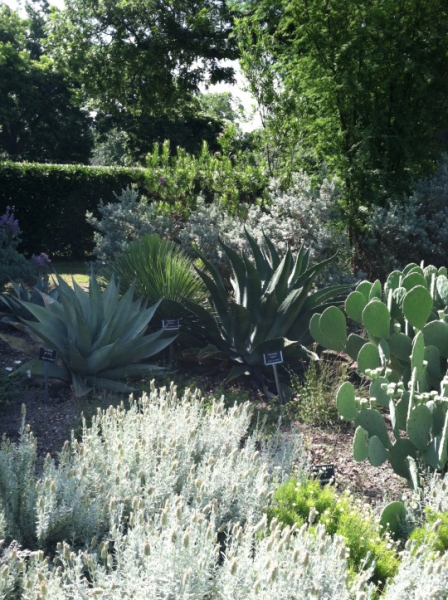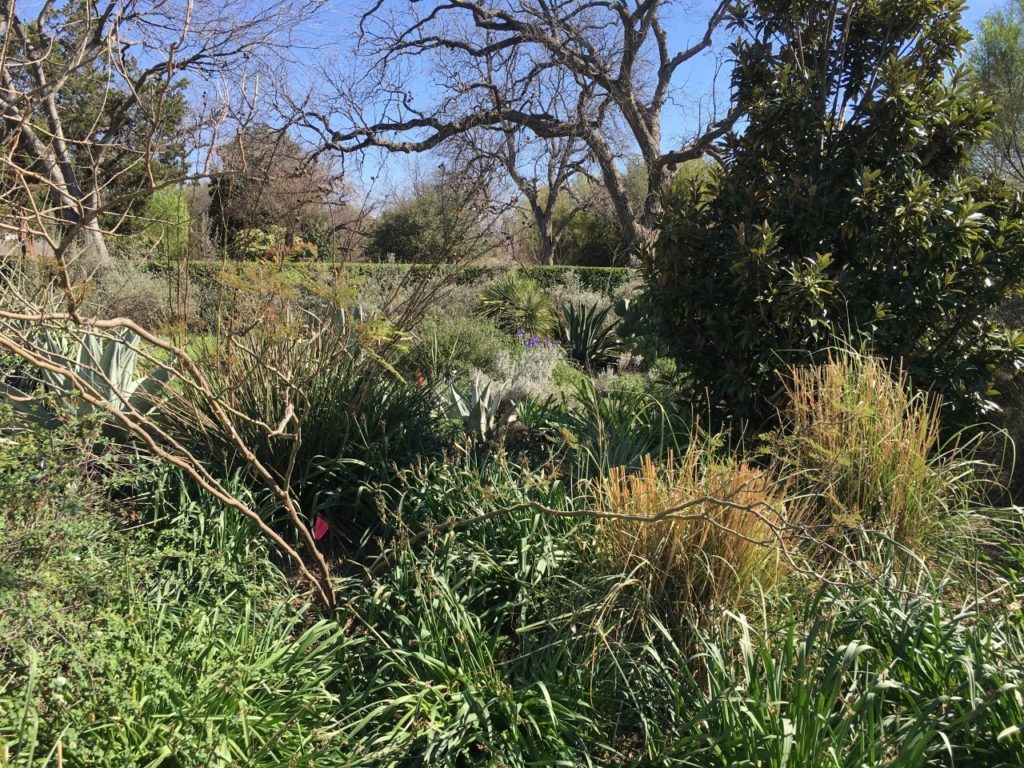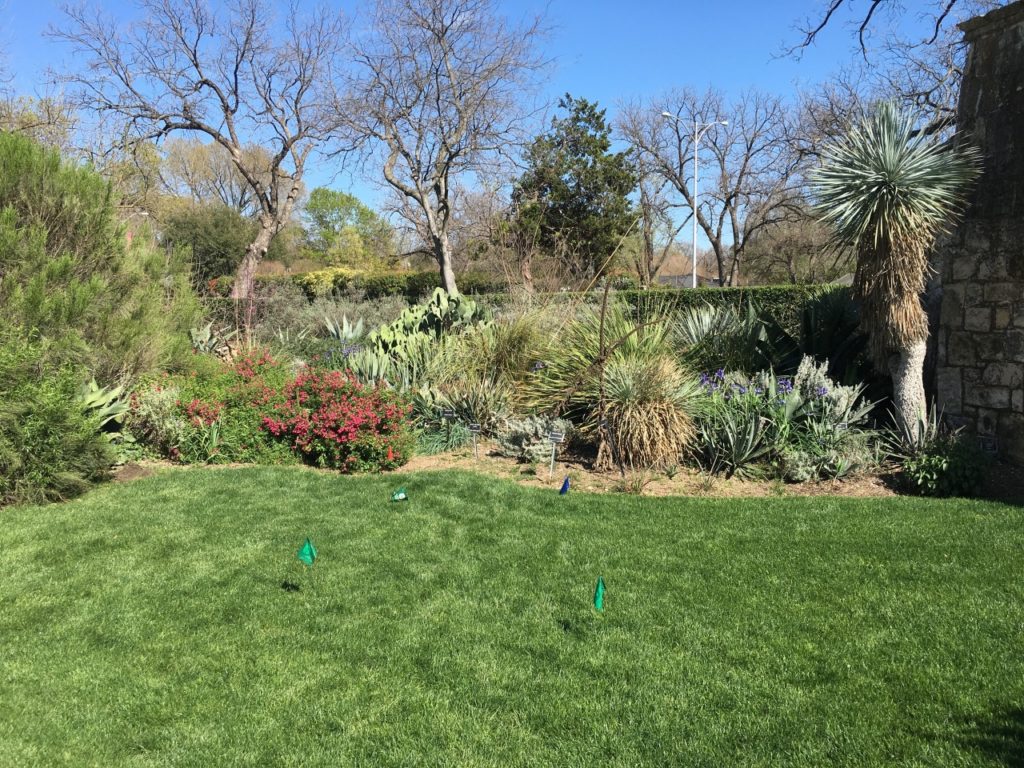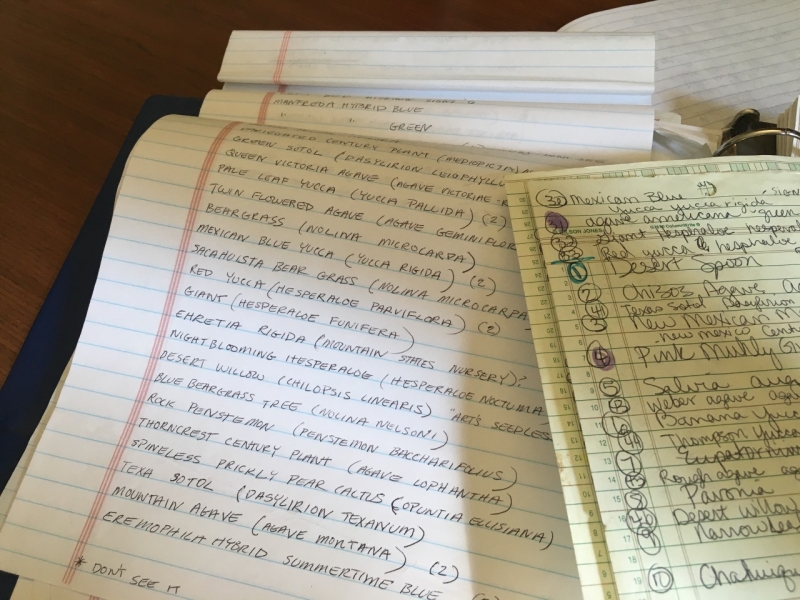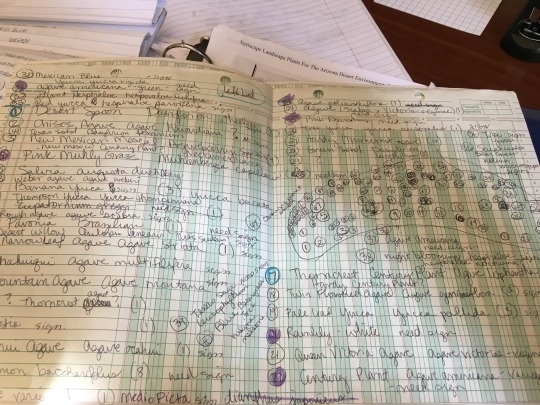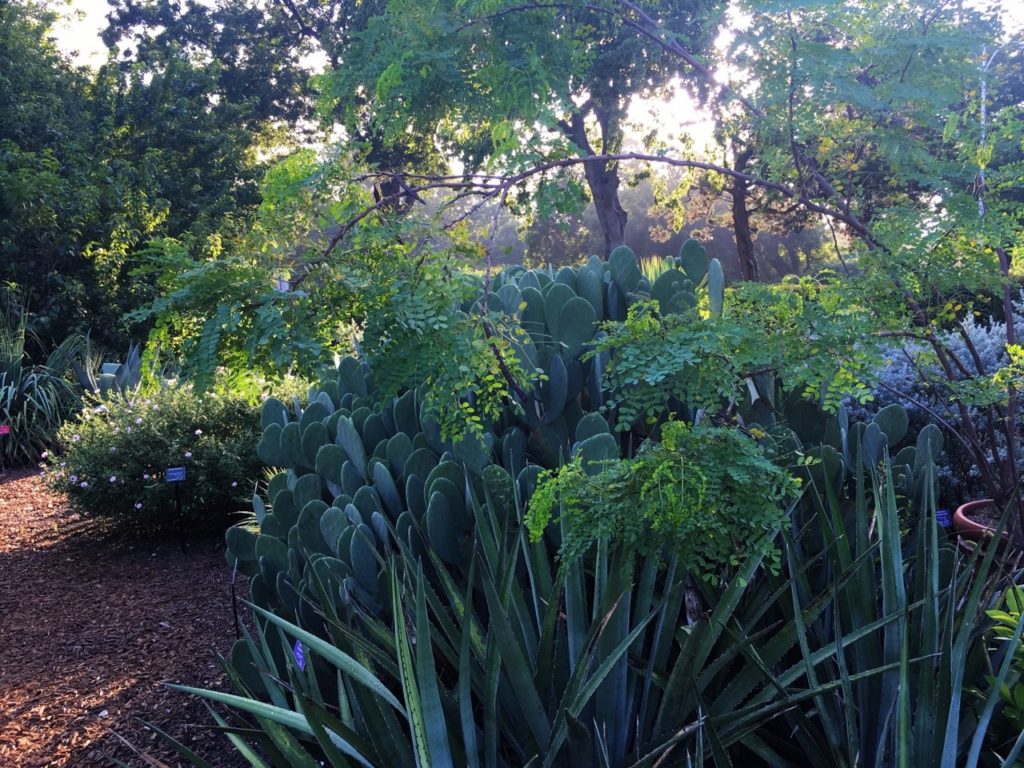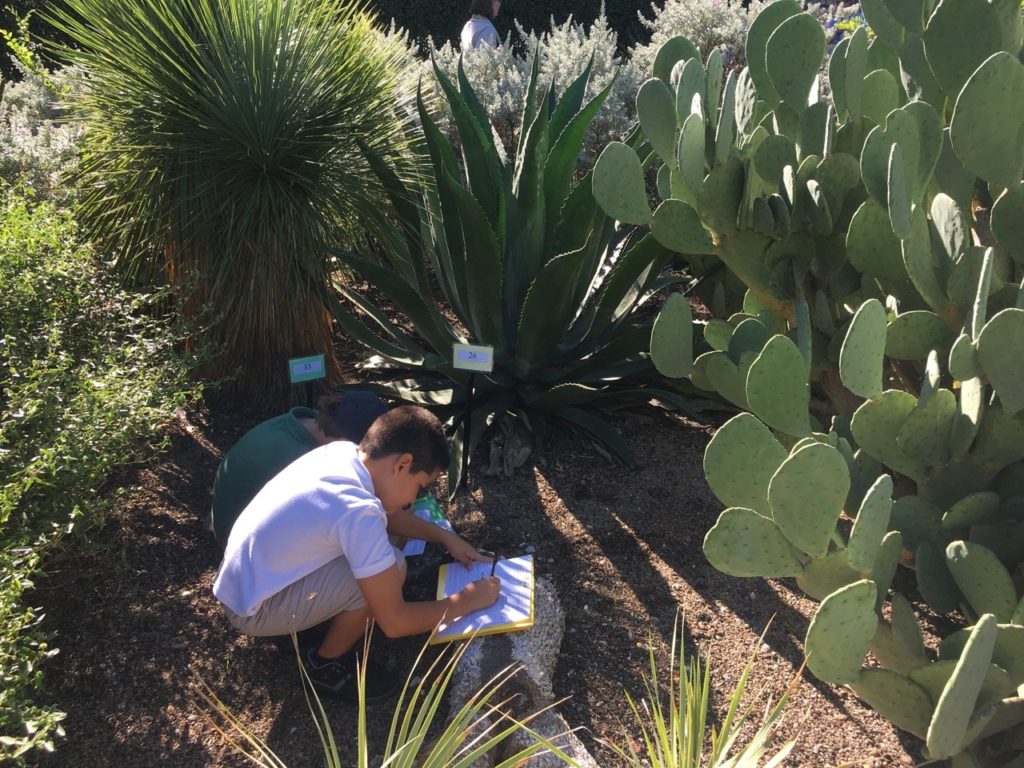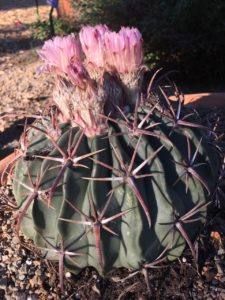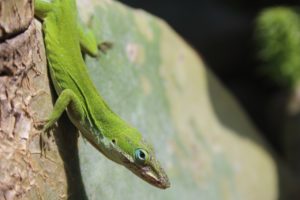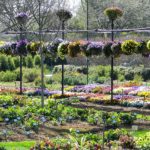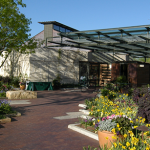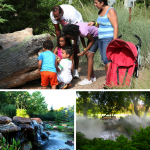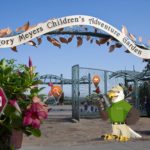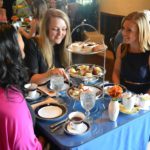Texas Native Plants Abound
You probably know about our premiere outdoor laboratory, the Rory Meyer’s Children’s Adventure Garden, and the plethora of public and school programming that takes place there, but you may be surprised by one of our newest educational spaces: the Texas Native Plant Lab.
This new space is an outdoor learning laboratory that allows students to get an up-close look at some unique plants while reinforcing the core science skills they are developing in school. The Texas Native Plant Lab (TNPL) is situated adjacent to the original entrance to the DeGolyer estate (pictured above) and is the brain child of Dallas Arboretum Director of Education, Dustin Miller.
He explains its creation here.
History of the Space
As a visitor to the Arboretum, I always sought out native plants, particularly cacti and succulents, and a few years prior to joining the team at the Dallas Arboretum and Botanical Garden, I discovered the space that would become the Texas Native Plant Lab.
A few weeks after I started working at the Arboretum, I went back to revisit that space and saw that it had become quite overgrown. The manicured bed had not been maintained, and over the course of a few years it reverted a wild-looking state.
Designing and Creating the Texas Native Plant Lab
Working with the horticulture department, we planned how to repurpose the space as an outdoor laboratory to allow students an up-close look at some unique plants – cacti, agave and yucca to name a few. In an effort to identify and install as many of the existing plantings as possible, I poured through original documents from years past.
The education and horticulture teams joined forces to clean up the spaces beginning in March of 2016. Through the cleanup and planting process, we incorporated additional native flowers and succulents.
Learning and Enjoying the Rich Variety of Texas Native Plants
Now, when a student or other visitor walks into the space, they’re surprised by the variety of shapes and colors found in this garden. We’ve carefully selected plants that provide our team ample opportunity to discuss native plant adaptations throughout the school year, and my team did a fantastic job of building a curriculum that is both content-rich and flexible enough to deal with changing plants.
During the 2016-2017 school year, nearly 600 students participated in programs in the Texas Native Plant Lab. While all of these took place under the direction of a Dallas Arboretum educator, the success of the garden has also depended on loyal Dallas Arboretum and North Texas Cactus and Succulent Society volunteers. The cactus-lovers in the area stepped up to bring our plant collection and program implementation up to the caliber we expect at the Dallas Arboretum.
Some of these plants are “spiky and prickly.” We want students to get in there and really observe Texas Native Plants. We set clear expectations before entering the space to keep this experience safe, and children have consistently used the garden in a way that makes us proud – and they really enjoy it.
Furthermore, in the 18 months since the garden opened, we’ve discovered a wonderful collection of insects, lizards, birds and mammals that call the garden home, or that visit when certain plants are in bloom. This add a rewarding layer of fauna that is fun and educational for students and teachers alike.
Every group that I’ve observed in a TNPL program has been completely enthralled with the plants and their unique adaptations. Whether it’s squishing a piece of freshly sliced aloe between their fingers or creating a scientific illustration of a blooming yucca, the students are hooked. You can see it when you look at them.
If anyone wants more information about how we did this, I documented the entire process here.
Dustin Miller
Director of Education
Dallas Arboretum
Related Posts
Comments are closed.


